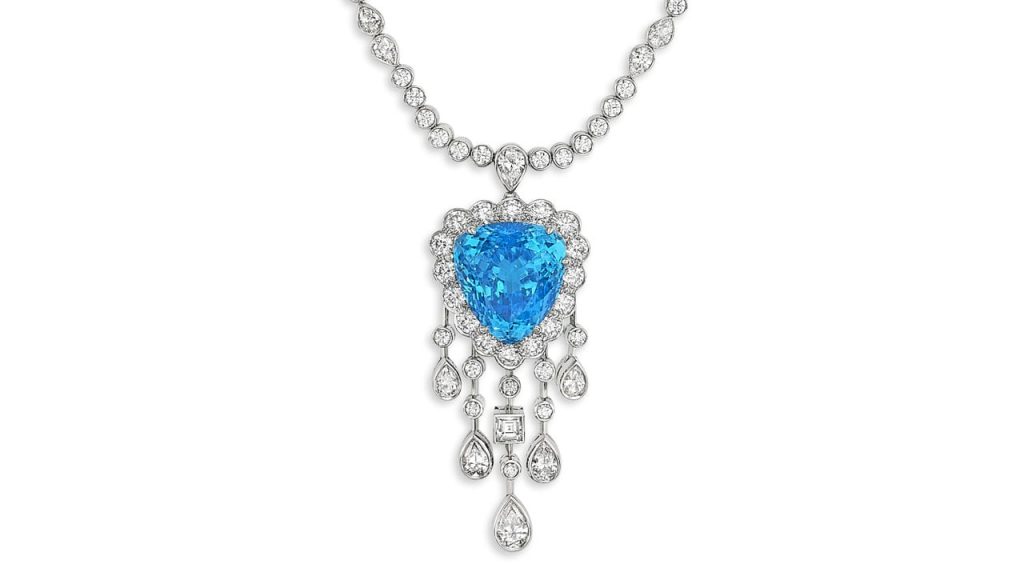
Petra Diamonds has abandoned plans to sell the business in favour of a debt-for-equity restructuring, it said on Tuesday, sending its shares lower because of the deal’s dilutive effect on existing stakeholders.
The London-listed company, which mines diamonds in South Africa and Tanzania, had put itself up for sale in June as part of the restructuring process but has received no viable offers, it said.
Its shares have slumped by more than 80% this year as the COVID-19 pandemic has battered the global diamond sector, with mines forced to shut down while consumer demand collapsed. The shares opened with an 18% drop and by 0952 GMT were down 3.6%.
Petra said its existing $650 million of bond debt will be partly replaced by up to $337 million of new notes, including $30 million of new money contributed by debtholders.
The remaining note debt will be converted into equity, leaving debtholders with a combined 91% of the company while diluting existing shareholders to a combined stake of only 9%.
“For existing equity holders it is very dilutive, as expected,” wrote Liberum analyst Ben Davis.
Existing shareholders will be diluted to “next to nothing”, Shore Capital analysts wrote.
Peel Hunt analysts took a more optimistic view, saying the restructuring would give Petra a more sustainable balance sheet and help it to benefit from a recovery in markets for rough diamonds. They calculated that Petra would be left with $444 million of gross debt.
Petra said it expects to seal a “lock-up agreement” cementing the terms with the noteholder group and South African lenders in early November. It expects the restructuring to become effective in the first quarter of 2021.
The agreement also includes new governance arrangements and cashflow controls.
Petra Chief Executive Richard Duffy expressed the company’s gratitude to the noteholder group and South African lenders for their agreement in principle to provide “meaningful additional liquidity” in what has been a difficult period.
Source: DCLA




